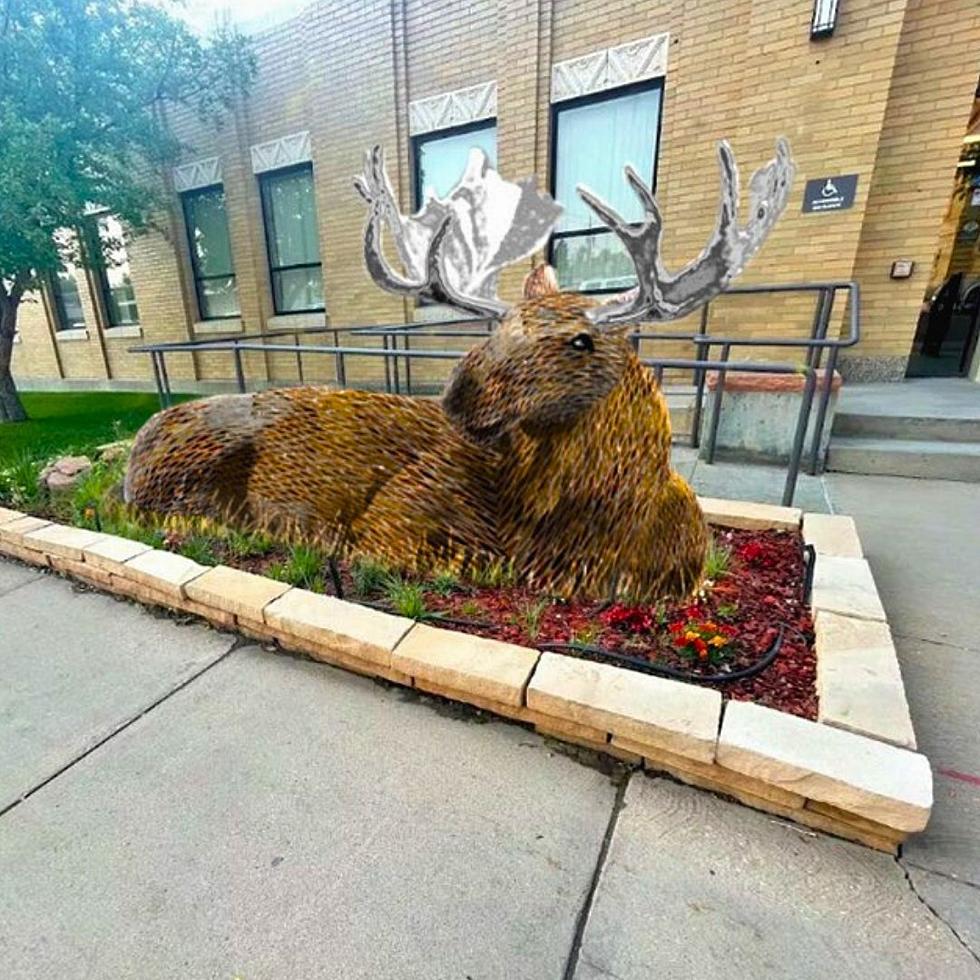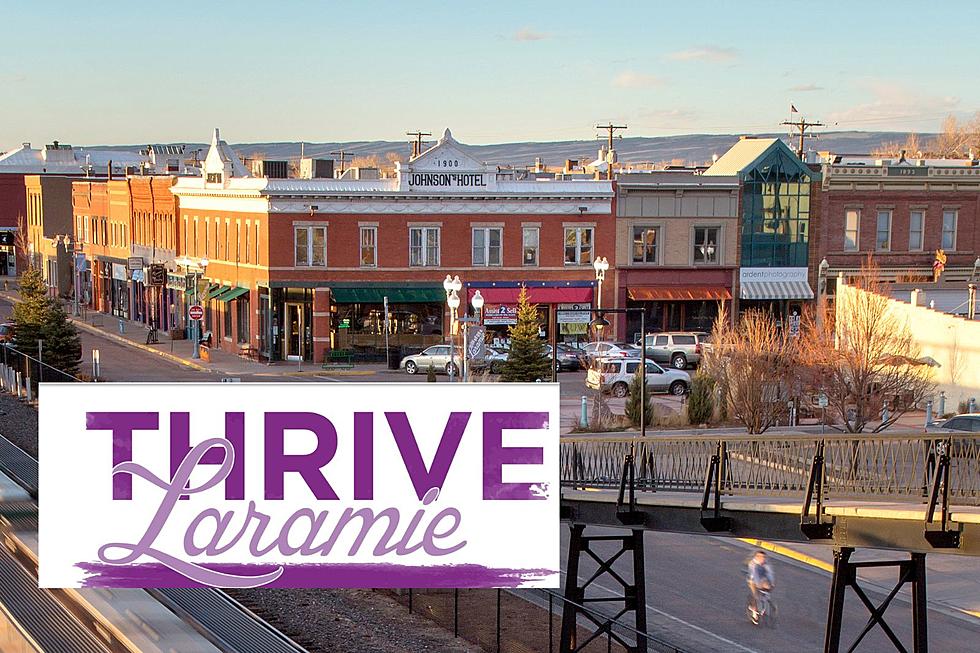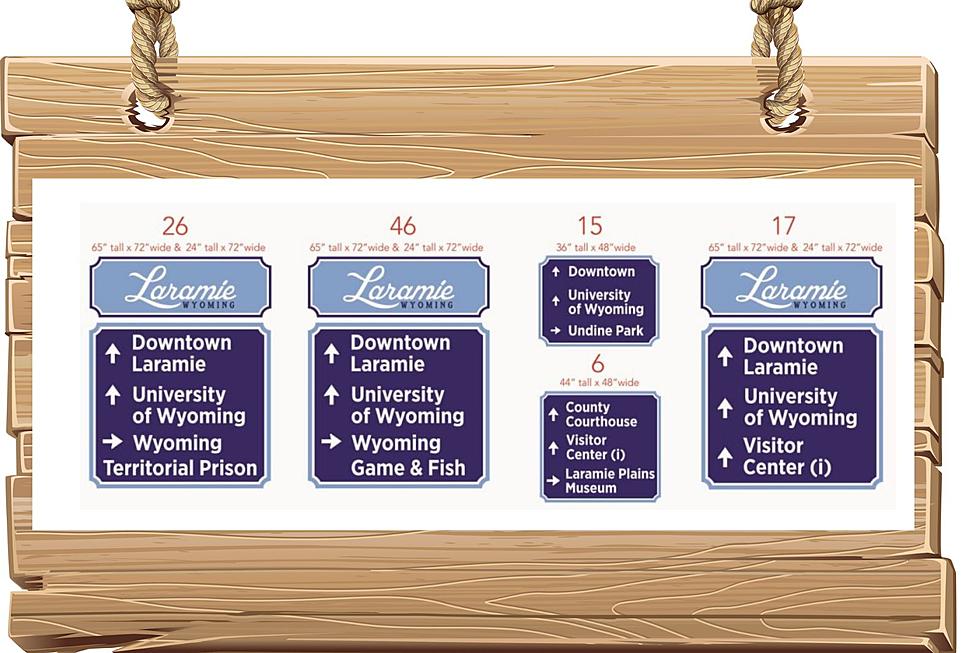
Ask The City – Can You Explain Why The Public Works’ Budget Is So Small?
Your Question:
The bend at the bottom of 18th street needs fixed. The area around this gutter has become impassable as the asphalt has failed causing massive potholes. Small patching work has been done but only to worsen the problem. The city engineers need to come up with a solution that will properly fix this problem as it is a nuisance and a sign of the lack of infra-structure the city of Laramie has. But this is just one street in the many other streets that have just fallen to ruin.
The lack of infra-structure is an obvious and unavoidable topic which must be dealt with. Ft. Collins a COLLEGE town has much better infra-structure than Laramie by far. You can argue that its a big city and its is able to make more money on taxes which then can be used on making the city better. Laramie booms during nine months of the year and boasts a population size of 30K. This brings it up to almost the level of Casper and Cheyenne. If you have visited those cities lately the streets and the city look neat and organized. Unlike Laramie which looks like a wreck. Don't blame it on the University or the Technical institute. Look at these numbers and tell me there isn't something wrong with this picture.
The City of Laramie devotes $6,792,232.00 to the police for the admin, investigations, records, police grants, and animal control. The street department has been allotted a $2,781,075.00. The disparity between the two departments is exactly $4,009,157. This is an extremely alarming number. Now the whole budget of the Public Works Department is only $4,279,912.00 which still brings the disparity between the two department to $2,510,320.00.
At the state of how degraded the streets are in Laramie, it would take a lot more than the $2,510,320.00 disparity to resolve the problem. The State may need to step in and help fund the project. Preventative maintenance would have helped in avoiding the massive problem the City of Laramie now has on its hands.
Something needs to change. We need better infra-structure period. The university has been here forever and looks great. The technical institute has done its part in making its campus attractive. The rest of the city as a whole is a dump and which is unattractive to the residents as well as incoming students. I have two questions;
1) How does the City of Laramie plan on properly fixing Grand Ave., 15th Street, and a multitude of other streets when the city clearly does not budget enough money to allow for such maintenance projects to occur?
2) When is the City of Laramie going to start making the city a more attractive place to live which will make its citizens even more proud to call Laramie their hometown?
The City's Answer:
While the amount you cite for the Police budget is pretty close, the budget cited for the Street division is not accurate. The street and drainage projects performed by the Street Division are paid for from many different funds and types of revenue. To get an accurate picture of the total amount the City is spending in the Street Division it is necessary to add up the amounts in these different funds.
Here is a snapshot of what the City is spending on public works this year. The total budget for the Public Works Department in fiscal year 2011 is $44 Million, as follows:
Public Works General Admin | $377,516 |
| Street Division | $7,895,876 |
| Fleet Management | $326,134 |
| Potable Water System | $20,900,680 |
| Wastewater (Sewerage) Treatment System | $7,601,483 |
| Solid Waste Collection & Disposal | $7,184,921 |
| Public Works Department Total = | $44,286,610 |
The budget for Police Services in the current fiscal year is $6.6 Million, plus $495,468 for Animal Control & Sheltering. As you can see, the budget for Street Division is slightly larger than that of the police department. Almost all of the money allocated to Street Division is for major capital improvement projects, not personnel. By contrast, policing is a human service endeavor and most of the police budget pays for labor-related expenses like compensation, training, and public safety equipment.
It is important to note that over the next three years, the voter-authorized Specific Purpose Sales Tax (the ‘6th Penny’) will pay for public works projects in addition to the $44 Million allocated each year, including Street Projects - $5 Million; Water Projects - $8 Million; Wastewater Projects - $6 Million; and Solid Waste Disposal (Landfill) - $3.5 Million.
With regard to how Laramie compares to other Wyoming cities and towns, you are correct in noting that our community is quite different. The official 2010 Census indicates populations as follows: Laramie – 30,816; Casper – 55,316; Cheyenne – 59,466; and Gillette – 29,087. Laramie serves about half the number of citizens as Cheyenne and Casper, and slightly more than Gillette. When it comes to economic base, there is great disparity between communities. For example, one penny of sales tax in Campbell County will generate approximately $24 Million each year for the City of Gillette. By comparison, one penny of sales tax in Albany County generates approximately $4 Million each year for Laramie.
The Public Works Department uses a pavement management system to rate street conditions and set priorities for construction projects. Generally, streets with the highest amount of usage and the worst pavement condition receive the greatest amount of maintenance and/or reconstruction. The Wyoming Department of Transportation (WYDOT) recently announced plans to make improvements to Grand Avenue – a State highway and not a City street. The City will replace utility lines under Grand Avenue prior to WYDOT beginning pavement work on the highway surface.
Please remember that you are free to make comments below about this question or submit your own question HERE.
More From Laramie Live









